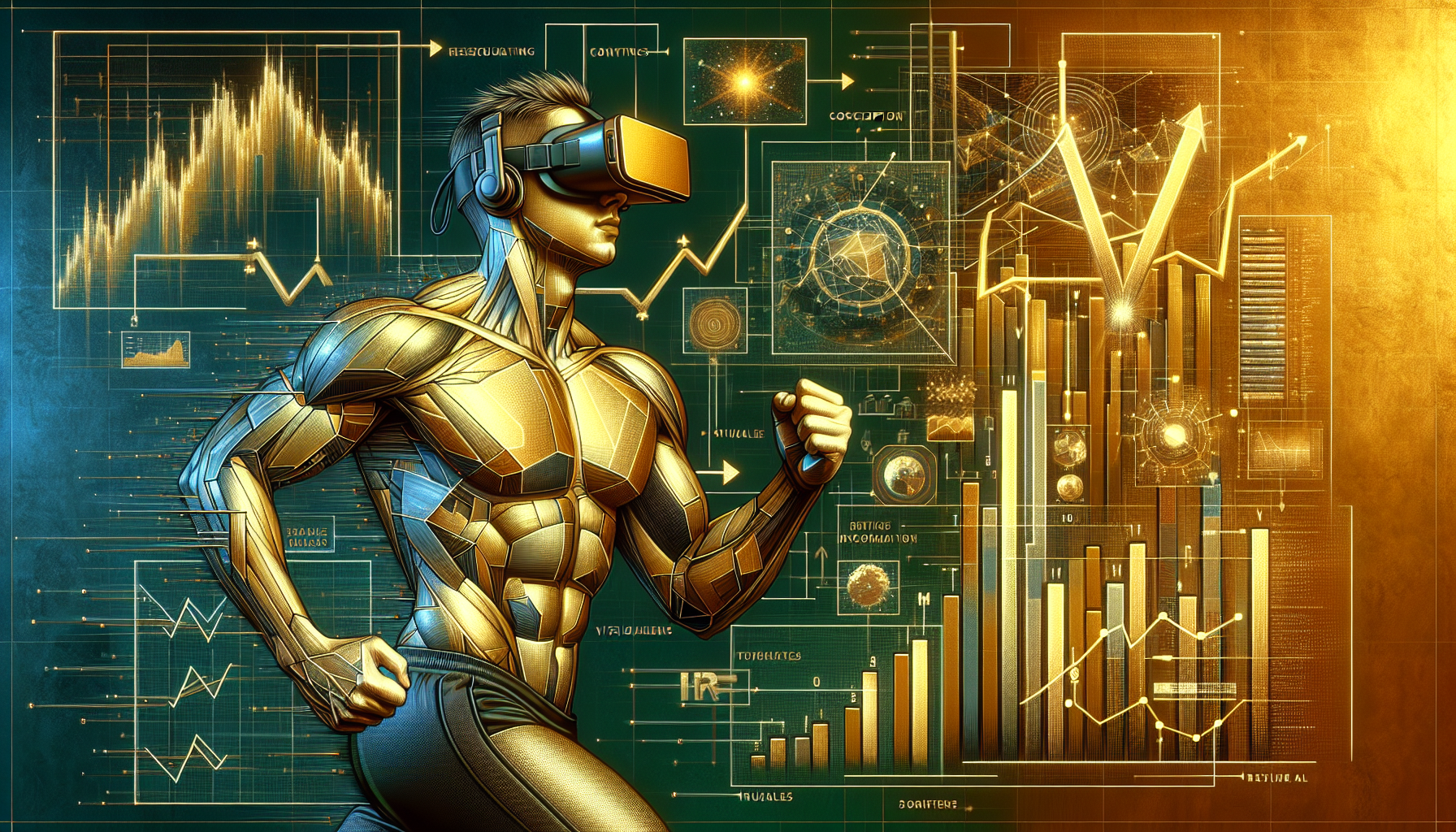Virtual Reality (VR) is a cutting-edge technology that creates a simulated environment, immersing users in a digital world that mimics or surpasses reality. Unlike traditional user interfaces that confine users to a screen, VR places the individual inside an experience. Through VR devices, such as headsets and specialized gloves, users can see, hear, and even touch the artificial world, making virtual experiences feel as real as the physical world.
How VR Works
VR technology utilizes computer modeling and simulation that enables a person to interact with an artificial three-dimensional (3D) visual or other sensory environments. VR systems achieve immersion by displaying stereoscopic images that adjust based on the user's movements, tracked through head-mounted displays (HMDs) or motion sensors. This creates the illusion of being physically present in a non-physical world. Audio is spatially adjusted to the user's movements, further enhancing the realism of the virtual environment.
Applications of Virtual Reality
The applications of VR are vast and varied, spanning entertainment, education, healthcare, architecture, and military training, among others. In entertainment, VR transforms the way people experience videogames and movies, offering an immersive form of escapism. In education and training, VR simulations provide a safe, controlled environment for practical learning and skill enhancement without the risks associated with real-life training. Healthcare uses VR for therapy and surgery simulation, offering new methods for treatment and medical training. Architects and designers use VR to visualize buildings and interior designs in a lifelike scale.
The Future of Virtual Reality
As technology advances, VR continues to push the boundaries of digital interaction, blurring the lines between the virtual and the real. Future developments in VR technology promise even greater immersion, with advancements in haptic feedback, resolution, and user interface. The potential of VR extends beyond current applications, hinting at a future where virtual and augmented realities become an integral part of daily life, offering new ways to work, learn, and connect with others.
Conclusion
Virtual Reality represents a significant leap forward in how humans interact with technology, offering unparalleled immersion in artificial environments. Its growing application across various fields underscores its potential to not only entertain but also to educate, heal, and enhance our understanding of the world and beyond. As VR technology continues to evolve, it opens up new possibilities for experiencing and interacting with the digital world, making what was once science fiction a tangible reality.
Interested in taking your investment strategies to the next level? Join Tiblio today and explore our advanced trading tools and insights designed to enhance your trading experience.
